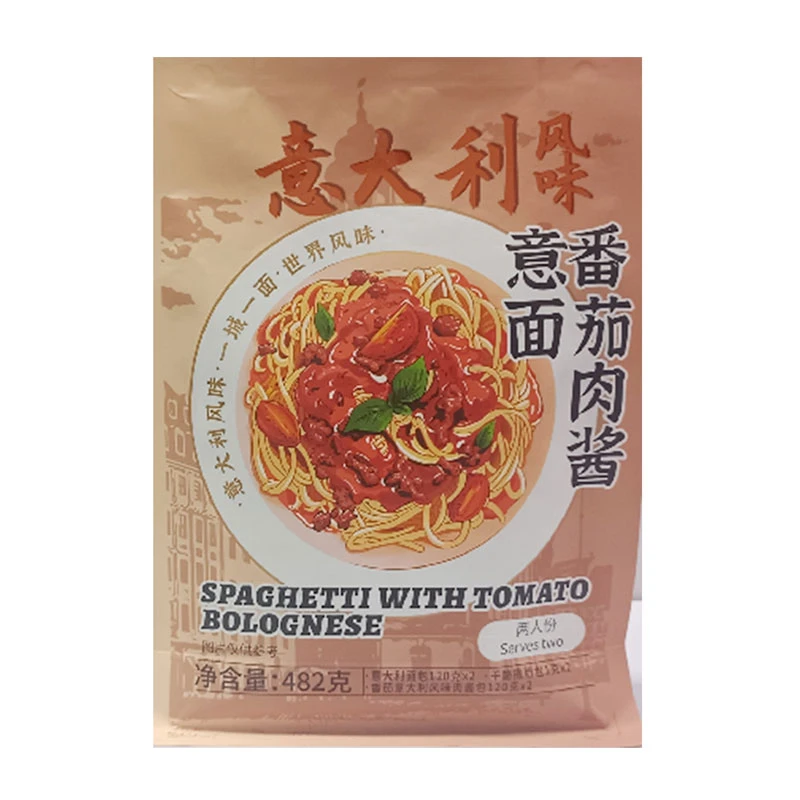what is the healthiest pasta
The Healthiest Pasta A Guide to Nutritious Noodles
Pasta is a beloved staple around the world, offering versatility, comfort, and satisfaction. However, not all pasta is created equal. As health consciousness grows, many people are asking what is the healthiest pasta? This article explores the healthiest options available, highlighting alternatives, nutritional benefits, and tips for making pasta dishes more wholesome.
Whole Grain Pasta
One of the healthiest choices available is whole grain pasta. Made from whole wheat flour, this type of pasta retains more of its natural nutrients compared to traditional white pasta, which has been heavily processed. Whole grain pasta is rich in fiber, which aids digestion, helps maintain a healthy weight, and stabilizes blood sugar levels. Additionally, it provides essential nutrients such as B vitamins, iron, and magnesium. Opting for whole grain pasta can significantly improve the nutritional profile of your meals.
Legume and Bean-Based Pasta
For those seeking a higher protein content and additional fiber, legume and bean-based pastas are excellent alternatives. Brands now offer pasta made from lentils, chickpeas, black beans, and more. These options not only provide protein but are also gluten-free, making them a suitable choice for individuals with gluten sensitivities or celiac disease. For instance, chickpea pasta can contain up to 25 grams of protein per serving, significantly higher than traditional pasta. Additionally, these pastas often come packed with nutrients like iron, folate, and potassium.
Vegetable and Spiralized Pasta
Another innovative option is vegetable-based pasta, which can be made from zucchini, cauliflower, or butternut squash. These spiralized or riced vegetable alternatives dramatically reduce the calorie content and carbohydrate intake, offering a light and refreshing option for pasta lovers. Vegetable pasta is also an excellent way to increase vegetable intake without compromising on flavor. Pairing spiralized zucchini (zoodles) with a flavorful marinara or pesto can make for a satisfying dish that is nutritious and low in calories.
what is the healthiest pasta

Whole Wheat Couscous and Quinoa Pasta
Whole wheat couscous and quinoa pasta are also worth mentioning in the conversation about healthy pasta. Quinoa, which is considered a complete protein, provides all nine essential amino acids. It’s also gluten-free and high in fiber, making it a great choice for a nutritious meal. Couscous, while often overlooked, can be found in whole wheat varieties that offer similar health benefits. Incorporating these into your diet can enhance variety while providing significant nutrition.
Nutritional Tips for Healthier Pasta Dishes
Choosing the healthiest type of pasta is just one part of creating a nutritious meal. Here are some tips to elevate your pasta dishes further
1. Portion Control Be mindful of serving sizes. A typical serving is about one cup of cooked pasta. Balancing this with ample vegetables and lean proteins can create a well-rounded meal. 2. Load Up on Vegetables Incorporating a variety of colorful vegetables into your pasta dishes not only boosts nutrition but also adds flavor and texture. Think spinach, bell peppers, cherry tomatoes, and broccoli.
3. Choose Healthy Sauces Avoid creamy sauces high in calories and fat. Instead, opt for tomato-based sauces, olive oil, or homemade pestos, which can enhance flavor without the excess calories.
4. Incorporate Lean Proteins Consider adding grilled chicken, shrimp, or legumes for a protein boost. This combination will keep you satiated longer and provide balanced nutrition.
In conclusion, the healthiest pasta depends on your dietary needs and preferences. Whole grain pasta, legume and bean-based options, vegetable alternatives, and nutritious grains like quinoa all offer fantastic health benefits. By being mindful of your choices and portion sizes, you can enjoy satisfying pasta dishes that nourish your body without sacrificing flavor or enjoyment.
-
Unleash Your Inner Chef with Delectable Italian Pasta CreationsNewsAug.01,2025
-
Savor Health and Flavor: Irresistible Soba Noodles for Sale Await!NewsAug.01,2025
-
Nourish Your Body with Premium Organic Ramen - A Culinary Delight AwaitsNewsAug.01,2025
-
Elevate Your Dishes with Our Exquisite Kinds of Egg NoodlesNewsAug.01,2025
-
Dive into Flavorful Convenience with Our Ramen OfferingsNewsAug.01,2025
-
Discover Exquisite Types of Naengmyeon and Chilled Soba NoodlesNewsAug.01,2025
-
Is Whole Wheat Pasta Healthy?NewsMay.30,2025
Browse qua the following product new the we

















































































































